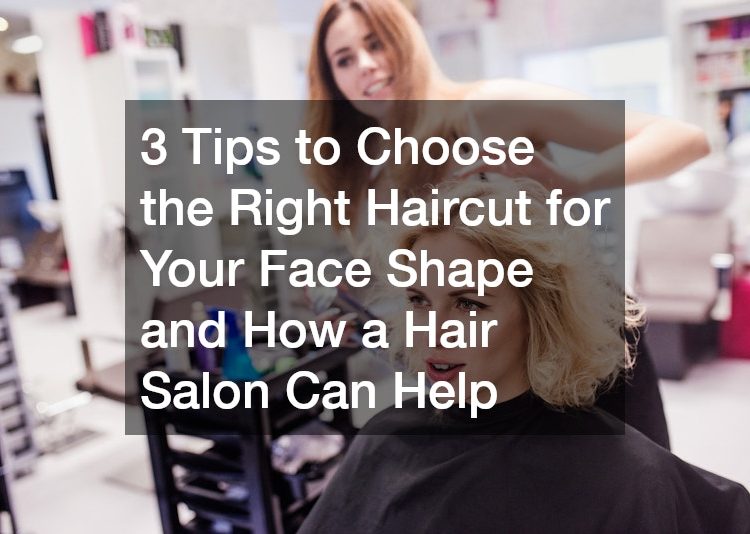Taking good care of your hair goes beyond simple grooming; it is essential for maintaining healthy, vibrant locks. Many people do not realise there are straightforward steps they can take daily to protect and nourish their hair better. Professionals in the industry spend years learning about different hair types, common issues and best practices. They see plenty of mistakes and misconceptions that could be easily avoided. Let’s look at what your hairdresser wishes you knew about hair care to help you maintain strong, beautiful hair that lasts.
Understanding Your Hair Type & Its Needs
One of the most important things a hairdresser wants every client to understand is the value of knowing their hair type. Hair can vary widely—from fine to thick, straight to curly, oily to dry—and each kind requires a different approach to care.
Using products or techniques designed for someone else’s hair type often causes frustration, damage or disappointing results.
For example, fine hair generally benefits from lightweight moisturisers and volumising products that avoid weighing it down. Thick or curly hair, by contrast, needs richer, more hydrating creams and oils to prevent dryness and frizz. If you are unsure of your hair type, consulting with a professional can help identify what your hair truly needs. This personalised advice empowers you to choose shampoos, conditioners and styling products that work best for your unique hair.
The Importance of Gentle Washing & Conditioning
Many people believe washing hair daily is necessary for cleanliness, but overwashing can strip natural oils and lead to dryness or scalp irritation. Generally, washing hair every two to three days is sufficient unless your scalp tends to get very oily or you sweat heavily. Choosing a gentle, sulphate-free shampoo helps preserve your hair’s natural moisture and prevents it from becoming brittle or frizzy.
Conditioning plays an equally important role. It restores moisture, smooths the hair cuticle and protects hair from damage caused by heat styling or environmental exposure. Apply conditioner mainly to the mid-lengths and ends where hair is older and more prone to damage. Avoid putting conditioner on the roots as this can make hair look greasy and weighed down. Make sure to rinse thoroughly to prevent product buildup, which can leave hair dull and lifeless.
Heat Styling: Use with Care
Heat styling tools like straighteners, curling irons and blow dryers are popular for creating polished looks. However, improper or excessive use can cause serious damage such as split ends, dryness and breakage. It is important to always apply a heat protectant spray before styling to shield your hair from the high temperatures.
Keep styling tools on the lowest effective heat setting and avoid passing them repeatedly over the same section. Let hair air dry partially before using hot tools and never apply heat to soaking wet hair. Following these simple precautions means you can still enjoy your favourite styles while keeping your hair healthy.
Regular Trims & Professional Advice
One secret professionals love to share is how vital regular trims are. Even if you want to grow your hair long, trimming every six to eight weeks helps remove split ends and stops damage from travelling up the hair shaft. Healthy ends make hair look fuller and less prone to breakage.
Regular visits also give you a chance to seek expert advice on products or treatments suited to your hair’s condition. Hair health can fluctuate due to changes in seasons, stress or lifestyle, so personalised care is key. Don’t hesitate to ask questions or discuss your hair goals — professionals are there to help you reach them.
Avoiding Overprocessing & Chemical Damage
Many people do not realise how damaging frequent colouring, bleaching or chemical straightening can be if not done carefully. These treatments alter the hair’s structure and weaken it significantly. Spacing out chemical services and incorporating intensive conditioning masks or professional salon treatments helps restore moisture and strength.
If you are thinking about a major change such as a dramatic colour or chemical treatment, seek advice first. A professional will guide you through the best approach to minimise damage while achieving the look you want. Remember, patience and expert guidance lead to healthier hair in the long term.
Simple Daily Habits Make a Difference
Small daily habits can add up to a big impact on hair health. Avoid brushing wet hair roughly — instead, use a wide-tooth comb to gently detangle from the ends upwards. Limit exposure to harsh sun or chlorinated pool water by wearing hats or rinsing hair thoroughly after swimming.
Eating a balanced diet rich in vitamins and minerals also supports healthy hair growth from within. Drinking plenty of water keeps your hair hydrated and looking its best. Treating your hair kindly every day will result in stronger, shinier and more manageable locks.
Caring for your hair is about more than just choosing the right products or getting regular cuts. It involves understanding your hair’s unique needs and adopting habits that protect its natural beauty. What a hairdresser wishes their clients to understand is that with a few simple adjustments to washing, styling, trimming and overall care, you can enjoy healthy, vibrant hair all year round. Listen to expert advice and your hair will thank you. A professional is your best ally on the journey to gorgeous, resilient hair—and now you have the insider knowledge to get started.
.




